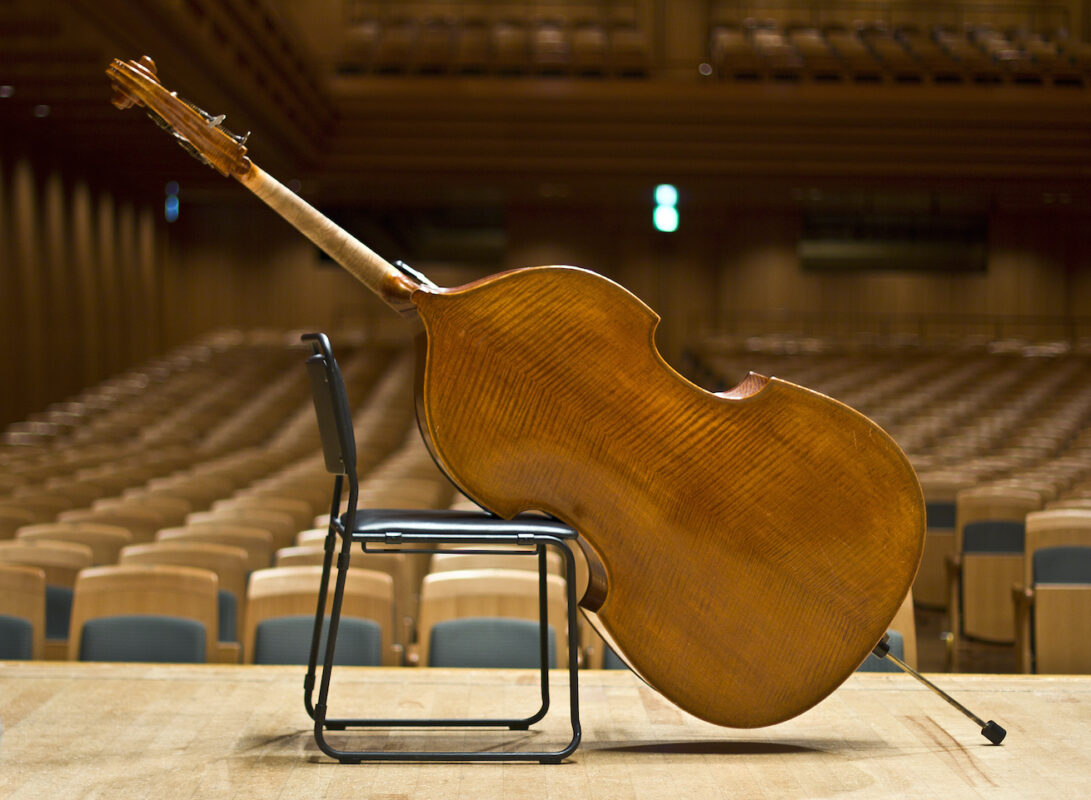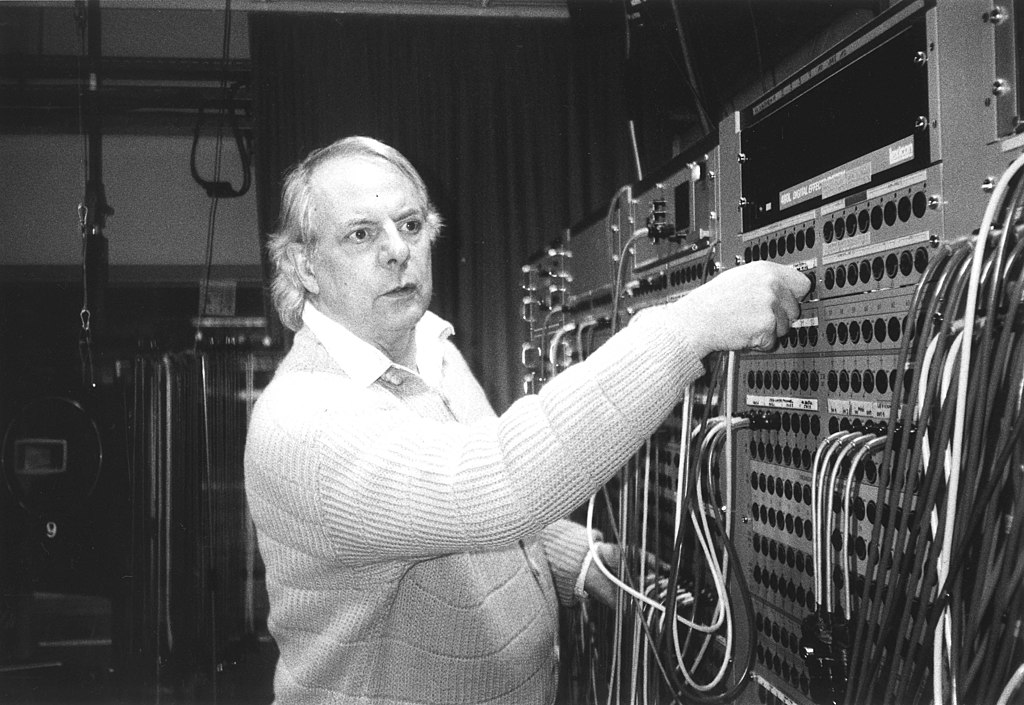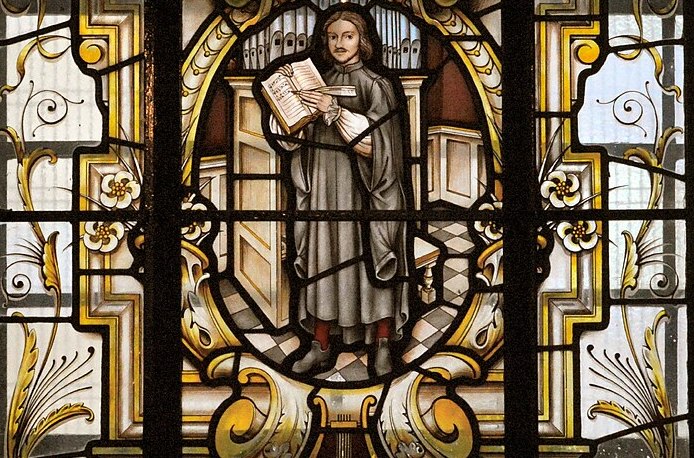Stirring psychogram
Dmitri Shostakovich's Violin Sonata op. 134 in the version with string orchestra and percussion. Live recording with Sebastian Bohren and the Camerata Zurich under the direction of Igor Karsko.

The productivity of violinist Sebastian Bohren is almost unstoppable. By his own admission, he strives to approach a piece interpretatively in such a way that it ideally "sounds as it is". In the case of Dmitri Shostakovich's Sonata op. 134 (1968) also extends the framework for this.
Originally set for violin and piano and written for the violinist Igor Oistrakh, the piano part was later transferred to a large string orchestra plus percussion. A legitimate trick. Above all, however, it was an undertaking to which Sebastian Bohren and the Camerata Zürich under the direction of Igor Karsko devoted themselves with delightful playfulness at a concert in Brugg's Stadtkirche. This live recording for Sony Classical bears witness to this.
Shostakovich's Opus 134 is both a psychogram and a tonal document of the times. In 1968, the composer was also living in a climate of fear and oppression, and was also under the influence of the violent suppression of the Prague Spring. Conducted in a sparse twelve-tone sequence, the first movement no longer provides any emotional refuge due to the lack of a basic key. The second, fast movement unleashes a ghostly dance of death. The final movement then seems like a reduced conclusion - with idiosyncratic variations on a stoic passacaglia and cleverly adapted baroque borrowings.
The performers of this new recording are united by an audible desire for objectifying clarity: Sebastian Boren's playing stands at every moment as a shining fixed star at the center of the brilliantly captured sonic events. His tone radiates all the more forcefully from an inner calm and testifies to deep spiritual concentration. Often cool and lacking in vibrato, he condenses a laconic gesture in the exposed solo parts, but also claims an unshakeable sovereignty in the most heated, virtuosic outbursts. The Camerata Zürich, with its cuttingly precise and at the same time sensually breathing interplay, creates the best conceivable sound environment for the commendable undertaking of bathing Shostakovich's stirring late work in a "rejuvenated" interpretative light.
Dmitri Shostakovich: Sonata op. 134 for violin, percussion and string orchestra. Sebastian Bohren, violin; Camerata Zurich, conductor Igor Karsko. Live recording. Sony Classical, Digital sound carrier









